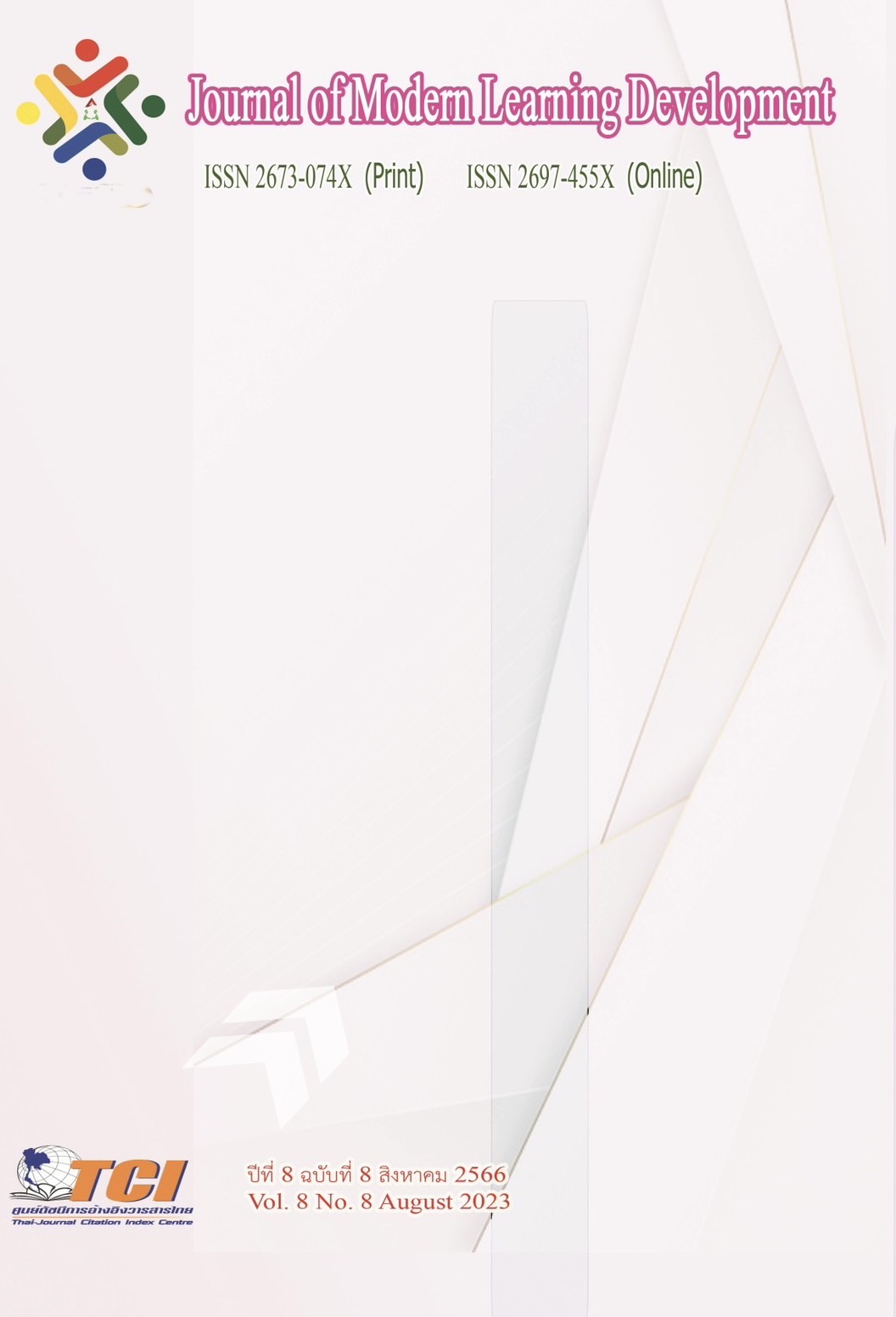การบริหารทรัพยากรมนุษย์ 4 ประเภทในองค์กร
Main Article Content
บทคัดย่อ
บทความนี้มีวัตถุประสงค์เพื่อศึกษาความหมาย ความสำคัญและประโยชน์ของ การบริหารทรัพยากรมนุษย์ในองค์กรตามแนวทางพระพุทธศาสนา พร้อมนำเสนอทฤษฎีภาวะผู้นำตามสถานการณ์กับการจัดการคน 4 จำพวก การบูรณาการแนวคิดภาวะผู้นำตามสถานการณ์กับหลักบัวสี่เหล่าเพื่อคน 4 จำพวก ซึ่งเป็นการนำเอาวิธีการบริหารคนตามหลักบัว 4 เหล่า เป็นเครื่องมือพื้นฐานในการบริหารทรัพยากรมนุษย์ การบริหารจัดการทรัพยากรมนุษย์ที่มีศักยภาพสูง มีความสำคัญสำหรับองค์กรในปัจจุบัน เพื่อสร้างความได้เปรียบในการแข่งขัน การนำหลักธรรมทางพระพุทธศาสนามาประยุกต์ใช้ในการบริหารทรัพยากรมนุษย์นั้น จะช่วยให้องค์การได้บุคลกรที่สามารถปฏิบัติงานได้อย่างมีประสิทธิภาพ และได้ผลการปฏิบัติงานตรงตามวัตถุประสงค์และเป้าหมายขององค์กร การนำเอาวิธีการบริหารคนตามหลักบัว 4 เหล่า มีประโยชน์ต่อการบริหารทรัพยากรมนุษย์ในองค์กร ประกอบด้วย การสรรหาและการคัดเลือก การประเมินผลการปฏิบัติงานของพนักงาน การให้รางวัลและค่าตอบแทน การวางแผนความก้าวหน้าทางอาชีพ และการประเมินผลสัมฤทธิ์ หากทุกคนในองค์กรสามารถเลือกใช้คนให้เหมาะกับขีดความสามารถ และรับผิดชอบหน้าที่ของตนเอง ให้เข้ากับมาตรฐานที่องค์กรกำหนดในระยะยาว จะเกิดเป็นความเข้มแข็งขององค์กร และสามารถแข่งขันกับองค์กรอื่น ได้อย่างมีประสิทธิภาพ ส่งผลต่อความสำเร็จขององค์กรต่อไป
Article Details
เอกสารอ้างอิง
จีนพร เพ็ชรฉกรรจ. (2565). เทคนิคการสั่งงาน. ออนไลน์. สืบค้นเมื่อ 20 กันยายน 2565. แหล่งที่มา: https//ww.gotoknow.org/posts/29994
เชาว์ โรจน์แสง. (2544). แนวคิดของการจัดการทรัพยากรมนุษย์. เอกสารการสอนชุดวิชาการจัดการทรัพยากรมนุษย์ หน่วยที่ 1 หน้า 6-8. นนทบุรี: มหาวิทยาลัยสุโขทัยธรรมาธิราช.
เทคนิคการสอนงาน. (2558). OJT (On Job Training). ออนไลน์. สืบค้นเมื่อ 20 กันยายน 2565.แหล่งที่มา: http://Www.sotoyoucom/ndexph;/article/276-jt-how.html.2558.
ธงชัย สันติวงษ์. (2543). องค์การและการบริหารการศึกษาและการจัดการแผนใหม่. (พิมพ์ครั้งที่ 11). กรุงเทพมหานคร: สำนักพิมพ์ไทยวัฒนาพานิช.
พยอม วงศ์สารศรี. (2544). การบริหารทรัพยากรมนุษย์. กรุงเทพมหานคร: สถาบันราชภัฎสวนดุสิต.
ยาเบ็น เรืองจรูณครี. (2565). แนวคิดทฤษฎีการบริหารเชิงสถานการณ์. ออนไลน์. สืบค้นเมื่อ 20 กันยายน 2565. แหลงที่มา: http://www.kroobannok.com/blog/20420.
สุนันทา เลาหนันท์. (2542). การบริหารทรัพยากรมนุษย์. กรุงเทพมหานคร: คณะวิทยาการจัดการ สถาบันราชภัฏบ้านสมเด็จเจ้าพระยา.
สุกัญยา แก้วขาว. (2561). ปัจจัยที่มีอิทธิพลต่อการพัฒนาทรัพยากรมนุษย์ของกรมส่งเสริมการเกษตร กระทรวงเกษตรและสหกรณ์. วารสารวิชาการมหาวิทยาลัยธนบุรี. 12 (27), 111-121.
G. T. Milkovich & J. W. Boudreau. (1991). Human Resource Management. U.S.A.: Richard.
Mondy R. W. R. M. Noe and S R. Premeaux. (1999). Human resource management. (7' ed.). New Jersey: Prentice Hall.
Brian W. Hogwood and Lewis A. Gunn. (1984). Policy Analysis for the Real World. Oxford: Oxford University Press.


